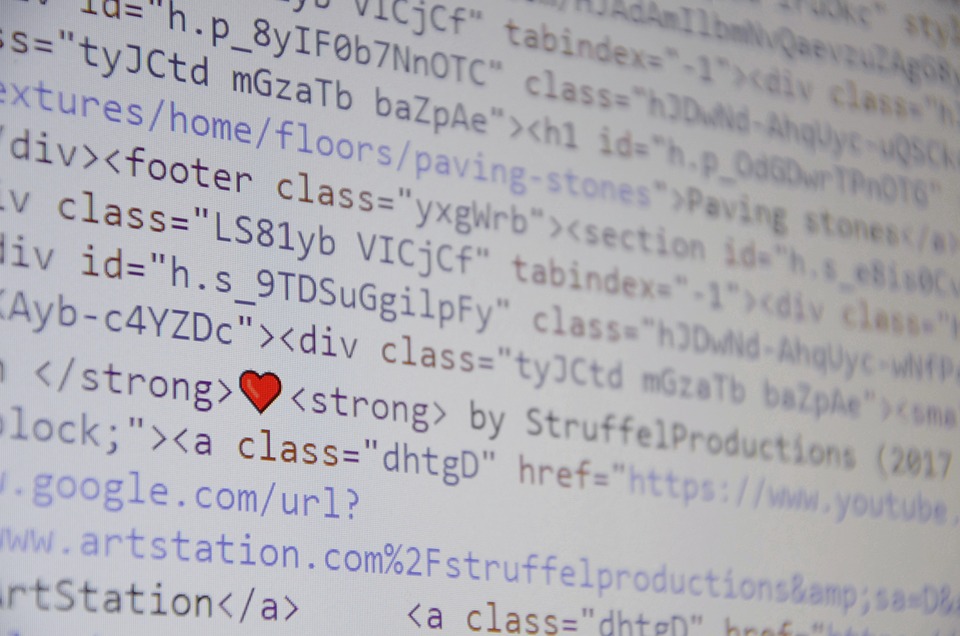In today’s fast-paced digital landscape, the demand for innovative solutions and rapid development processes has never been higher. Enter the rise of low-code and no-code platforms, which are not just changing the way we create and develop applications, but also democratizing technology for a broader audience. No longer confined to seasoned engineers, the power to build functional web applications is now within reach for entrepreneurs, marketers, designers, and anyone with a creative idea. In this blog, we’ll take a closer look at the explosion of visual programming tools, their impact on project workflows, and highlight top platforms like Bubble and Webflow that are leading the charge.
The Low-Code/No-Code Revolution
Low-code and no-code platforms are designed to simplify the app development process. With visual interfaces, drag-and-drop features, and pre-built templates, users can create apps without needing to write extensive lines of code. Low-code platforms may still require some coding for advanced functionality, while no-code platforms are entirely code-free.
This paradigm shift presents several advantages:
-
Faster Development Cycles: Traditional development processes often take weeks or even months. With low-code/no-code platforms, users can build applications in days or even hours, dramatically speeding up time to market.
-
Cost Efficiency: By reducing the reliance on specialized developers, businesses can save on development costs. This is especially crucial for startups and small businesses that may have limited budgets.
-
Empowering Non-Developers: In a world where tech skills are increasingly essential, these platforms invite non-developers to transform their ideas into functional applications. This empowers teams from various domains to contribute directly to product development.
- Enhanced Collaboration: Cross-functional teams can collaborate more easily, as project managers, designers, and marketers can all engage in the development process. This leads to better alignment between what a product needs to do and what it visually represents.
Top Visual Programming Tools to Consider
1. Bubble
Bubble is one of the most powerful no-code platforms available today. It allows users to build fully-functional web applications without writing code. The platform offers a robust set of features, including:
- Responsive Design: Users can create web apps that function well on any device.
- Database Integration: Bubble comes with a built-in database, allowing users to manage data without needing separate backend development.
- API Connectivity: The ability to connect with other services and APIs enables users to extend their app’s functionality effortlessly.
With Bubble, businesses can prototype products quickly and iterate based on user feedback, making it a favorite amongst startups.
2. Webflow
Webflow combines web design and development, allowing users to create responsive websites using a visual interface. Unlike traditional website builders, Webflow gives designers the flexibility to create custom layouts without compromising on coding capabilities. Key features include:
- Visual Design and Development: Users can design web pages visually and see those changes reflected in real-time.
- CMS Capabilities: With Webflow’s content management system, users can create and manage content seamlessly.
- E-commerce Integration: Webflow also allows for the creation of e-commerce sites, enabling users to sell products directly through their applications.
Webflow’s powerful design capabilities make it a top choice for creative professionals who want to blur the line between design and development.
3. Airtable
While not a conventional low-code platform, Airtable provides an intuitive solution for project management and data organization. With its spreadsheet-like interface, Airtable allows users to set up relational databases, automating workflows and integrations with other services via Zapier and other tools. Its flexibility permits both teams and individuals to manage projects efficiently while keeping stakeholder input at the forefront.
4. Adalo
Adalo makes it easy to build native mobile applications. Users can create apps visually and deploy them directly to the web or app stores. Adalo includes features like:
- Database Creation: Users can create a database from scratch or use pre-existing templates.
- Integration with Third-Party Services: Like Bubble, Adalo allows users to connect to various APIs for enhanced functionality.
- Component Library: With a wide array of customizable components, creating visually stunning applications has never been easier.
Adalo is particularly appealing for businesses looking to enter the mobile space with minimal friction.
The Future of Development
As the demand for digital solutions continues to grow, we can expect low-code and no-code platforms to become a staple in the development landscape. These tools not only streamline workflows but also foster creativity, enabling a diversity of voices to participate in shaping technology. By making development accessible to a broader audience, businesses can harness the power of collective creativity, driving innovation at an unprecedented pace.
In conclusion, whether you are a developer looking to expedite your workflow or a novice hoping to turn your ideas into reality, visual programming tools like Bubble, Webflow, Airtable, and Adalo are changing the game. Embrace the future of development—unlock your creativity and enhance your project workflow today!



